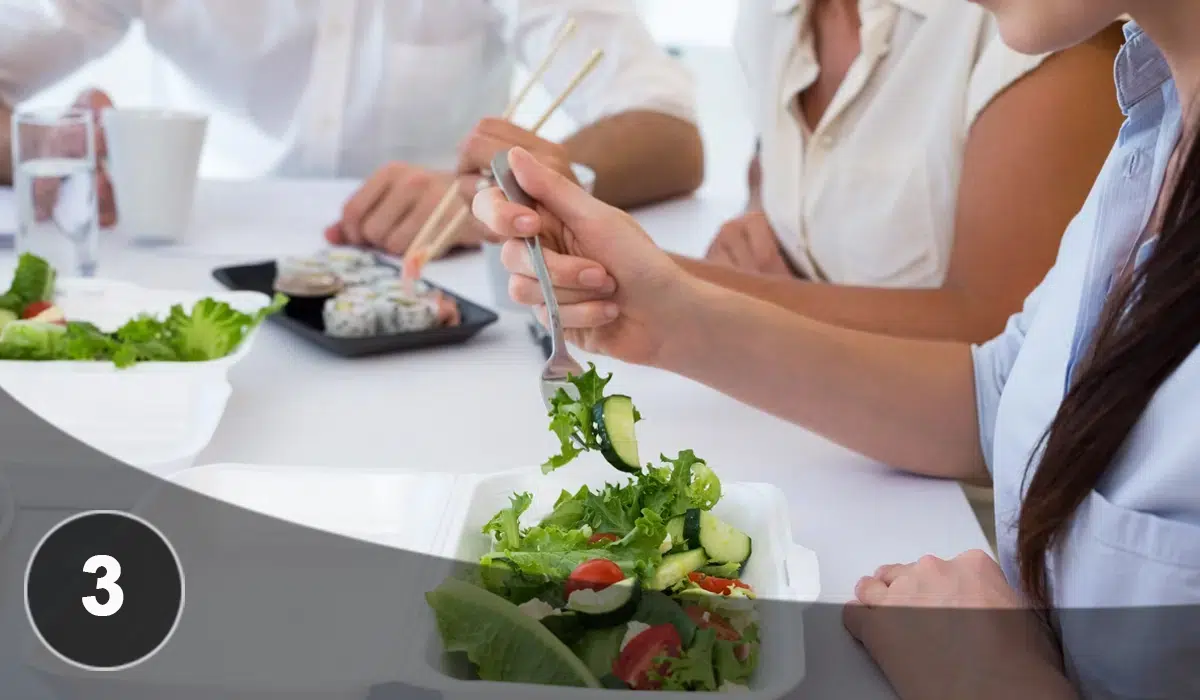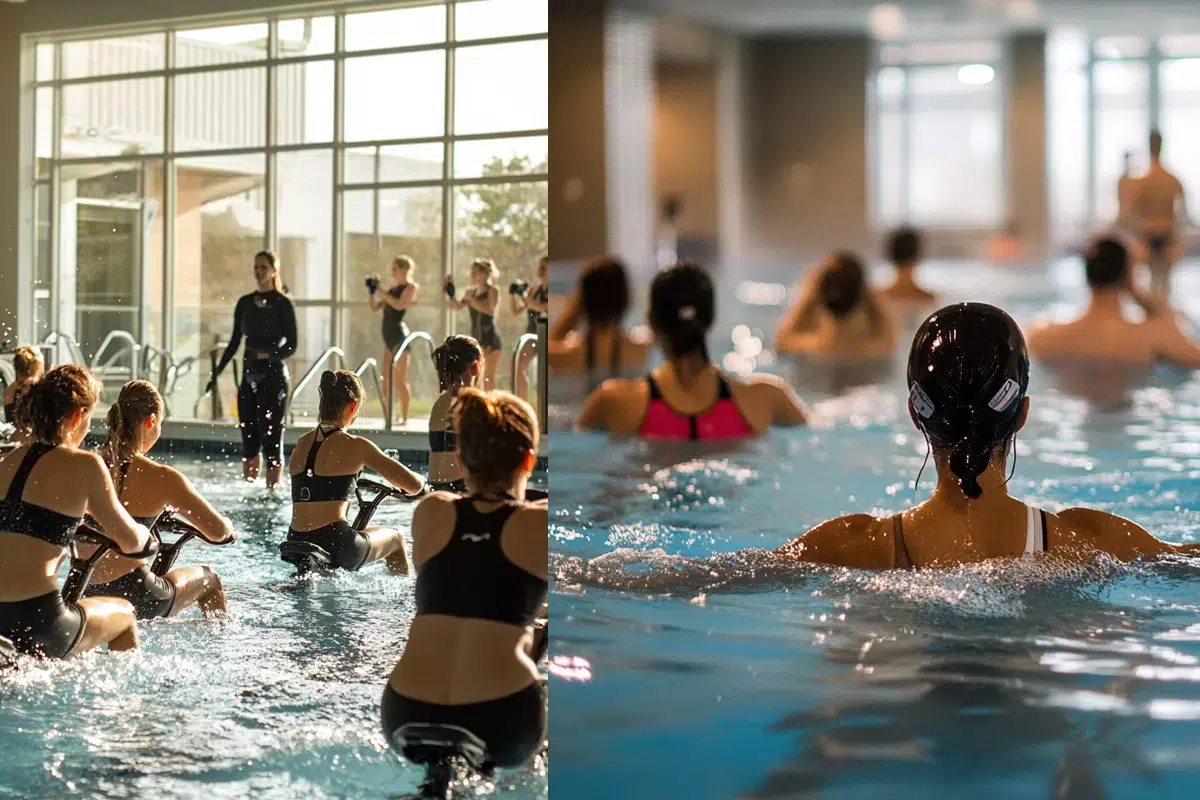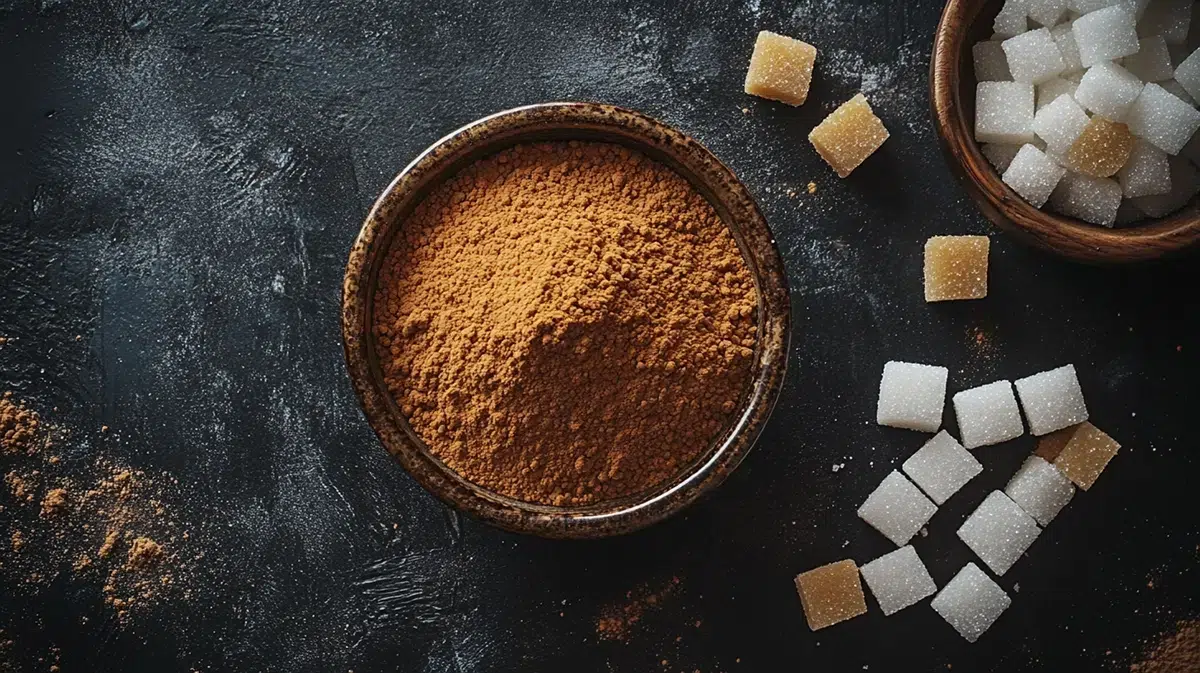Show summary Hide summary
- How can you lose weight and shed kilos? Discover our health programme!
- Want to lose weight? Get a health check first!
- How can you lose weight naturally without dieting?
- 10 Tips for long-term weight loss, with no diets!
- Tip 1: Try to cut down on sugar as much as you can
- Tip 2: Move as much as you can to avoid being sedentary
- Tip 3: Choose nutritious foods that are low in calories
- Tip 4: Avoid ultra-processed foods
- Tip 5: Only eat when you’re hungry
- Tip 6: Eat mindfully: choose a small plate
- Tip 7: Do HIIT and weightlifting to boost your metabolism and burn more calories
How can you lose weight and shed kilos? Discover our health programme!

If you want to lose weight it’s essential to understand how you can achieve your goal in a healthy and sustainable way. There’s no magic formula, but there are some useful and effective tips which you can follow.
First and foremost, it’s important to ask yourself a few simple questions to get off on the right foot: Why do I want to lose weight, am I really overweight? Why have I put on kilos and what caused me to gain weight? What motivates me to achieve my weight loss goals? What are my obstacles? How can I lose these unwanted kilos? What method should I use?
Want to lose weight? Get a health check first!
Discover other REGIVIA tools:
How can you lose weight naturally without dieting?
To lose weight, there’s no need to follow a restrictive diet. Trying to lose weight quickly can lead to rapid weight regain shortly afterwards.
Instead, take your time. Analyse the causes of your weight gain and learn to listen to your body and your sensations.
To restore your energy balance and achieve lasting, effective weight loss, it is essential to know your calorie requirements, adopt a healthy diet and maintain regular physical activity.
10 Tips for long-term weight loss, with no diets!
To lose weight effectively, it is strongly recommended that you reverse your energy balance in favour of energy expenditure, by engaging in physical activity while reducing your calorie intake by at least 10%.
Reducing your intake doesn’t mean cutting down on the amount of food you eat; you can even eat more, but eat better, for example by favouring foods with a high nutritional density and a low calorie density. To help you understand, here are our easy-to-follow tips for getting back into shape.
Tip 1: Try to cut down on sugar as much as you can
Avoid having too much sugar!

Today, science has made it possible to avoid the preconceived ideas we’ve heard for many years about the causes of obesity. You’ve never heard the phrase “eating fat makes you fat”, and you can still read it everywhere. However, it’s worth remembering that countries such as France, which are renowned for eating fatty foods, did not experience an obesity epidemic until the advent of low-fat products. Fat consumption continued to fall while, at the same time, cases of obesity continued to rise.
But what happened? The more we have accused fat of making us fat, the more we have given pride of place to sugar. Let’s start by understanding the recipe for making a ‘low-fat’ product. Let’s take the example of a low-fat dairy dessert. To compensate for the lack of creaminess caused by the reduction in cream, manufacturers will add “sugar” such as cornstarch, lactose or fructose. We can also add to this list sweeteners suspected of being carcinogenic. In the end, your “low-fat” product is “high in sugar”. What’s more, it will contain more dubious and processed ingredients.
It’s well established that a sedentary lifestyle combined with a sugar-rich industrial diet is the leading cause of obesity in modern society. So if you want to lose weight, it’s important to eat very little sugar.
Tip 2: Move as much as you can to avoid being sedentary
Move your body, the more the better!

From the very beginning, mankind has been designed to walk, to fetch its food resources from nature using different techniques such as hunting, gathering and then breeding and farming as we know them today. Abundant food and lack of activity are the main causes of death in our contemporary societies. There’s no need to go back to prehistory to see this change, as it’s very recent and dates back to the industrial revolution. Our grandparents ate better and moved more.
Moving around burns calories, but that’s only one quantitative aspect of the far more numerous benefits for our health. Intensive sport is not compulsory. Physical activity such as walking every day, taking the stairs rather than the lift, or cycling rather than driving, are perfect for living happily and living to a ripe old age.
Tip 3: Choose nutritious foods that are low in calories
Thou shalt eat nourishing food!

But what does this claim mean? What are nutritional and calorie densities? An explanation is in order! Food provides us with energy (calories) but also with beneficial nutrients (macronutrients list and micronutrients list). It is this ratio between the benefits provided by the nutrients and the calories provided that enables us to categorise foods into groups that we can call: full calories (of great interest to the body because of their high nutritional density) or empty calories (of little interest to the body because of their high calorie density but low or zero nutritional density).
Some examples of useless foods: (empty calories = low or zero nutritional density high caloric density) : Sodas, cans, sweetened breakfast cereals, crisps, frozen pizzas, etc
A few examples of foods with high nutritional density and low calorie density: generally speaking, fruit and vegetables, meat, fish, etc
Highly processed foods are often high in calorie density and low in nutritional density, which brings us to the fourth tip.
Tip 4: Avoid ultra-processed foods
Thou shalt not buy processed foods!

You already know this, but as a general rule, food advertised on television is often food to be avoided, just like food promising 0% sugar or 0% fat..
For your health and your figure, basic foods are your best allies. We all have a few evenings a week when we don’t have much time to cook. If that’s the case, opt for high-quality, healthy products that are very quick to prepare. Remember to always have tinned vegetables and eggs in your fridge. That way you can cook yourself, for example, a fried egg accompanied by green beans, which is not only good for the budget but also for your health.
Tip 5: Only eat when you’re hungry
Listen to your body!

Learn to listen to your body’s signals. Eat only when you’re really hungry, and avoid eating to relieve boredom or fill a void. It’s essential to distinguish between appetite, feelings of hunger and the need for hydration. If you’re feeling hungry, we recommend that you first drink a glass of water to see if this reduces your desire to eat.
Tip 6: Eat mindfully: choose a small plate
Mindful eating is the answer

Do you enjoy watching TV, playing on your phone or listening to music while you eat? That’s how the act of eating can take a back seat.
Mindful eating encourages you to focus on the sensations of satiety and to enjoy each mouthful, which naturally reduces the amount of food you eat.
On the other hand, by using a small plate, the limited space helps to create an illusion of greater quantity, which can induce similar satisfaction with less food. In addition, it encourages greater awareness of what we are eating, encouraging a more measured and attentive approach to eating.
In short, mindful eating from a small plate can transform the act of eating into a more rewarding experience, helping to establish healthy and sustainable eating habits.
Tip 7: Do HIIT and weightlifting to boost your metabolism and burn more calories
More pain, more gain!

For those who want to burn a lot of calories in a minimum amount of time, HIT (High Intensity Training) is an effective and non-restrictive method of building muscle mass throughout the body.
In fact, a well-muscled body will burn more calories even when at rest, thanks to an increase in the basal metabolic rate and the afterburn phenomenon, which allows the body to continue consuming energy long after bodybuilding exercises have finished.
The HIT was made famous on the other side of the Atlantic under the title “7-minute workout”, which was published in the New York Times.
Tip 8: Take up running!
Jog your way to your goals!

Why not take up running! This sport is ideal for burning calories and building up your heart muscle! The secret to getting off on the wrong foot is to start gradually and gently, otherwise you run the risk of injury.
To make progress, you can set yourself a target of 2 or 3 outings a week, the important thing being to have a rest day to allow your muscles to recover.
See : Top 10 Best Sports to Lose Weight
Tip 9: Get enough sleep!
Sleep better, live better!

Numerous studies have shown a definite correlation between lack of sleep, obesity and diabetes. It would also appear that sleep-restricted subjects eat more fatty and sugary foods. Several other factors could explain this link, in particular the increase in cortisol linked to insomnia, which is thought to be involved in the increase in insulin resistance and adipose tissue.
Getting a good night’s sleep also means respecting the natural alternation between sleep and wakefulness, which synchronises the biological clock, itself responsible for a number of hormonal reactions that play a role in regulating appetite.
Tip 10: Take the time out to relax
Relax and unwind!

Take regular breaks to relax and de-stress.
Stress is not always a bad thing; it stimulates the body and mind, and sometimes helps you to perform at your best. However, living in a constant state of stress without ever taking a break to relax can be harmful. Under these conditions, stress can cause hormonal imbalance and encourage accelerated fat storage.








